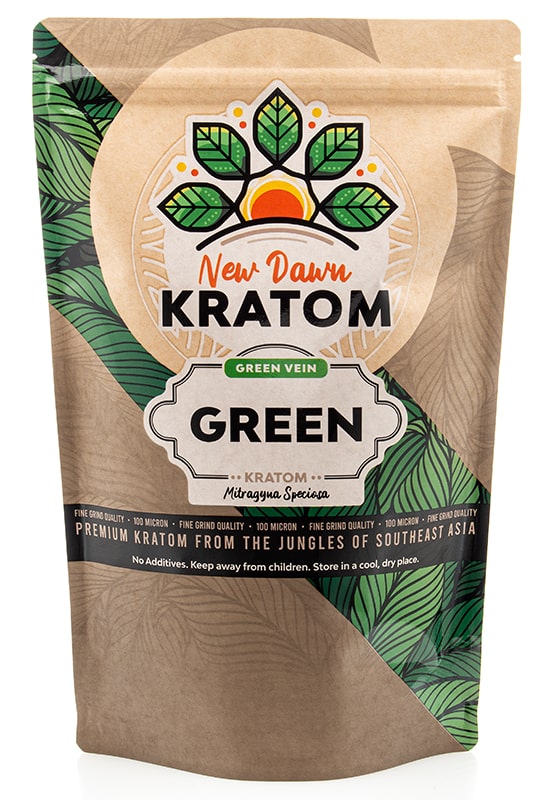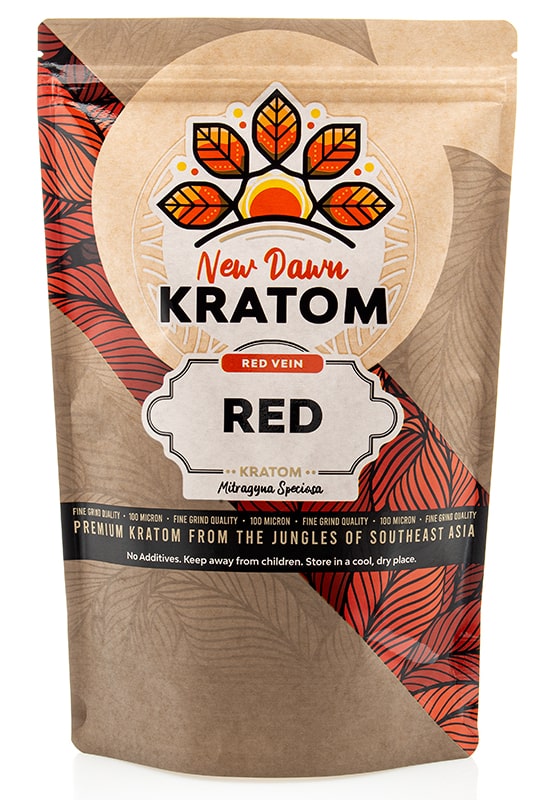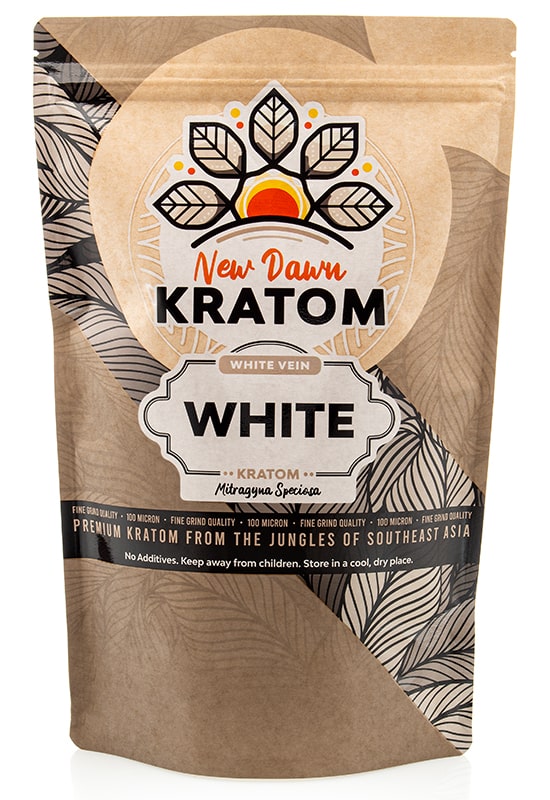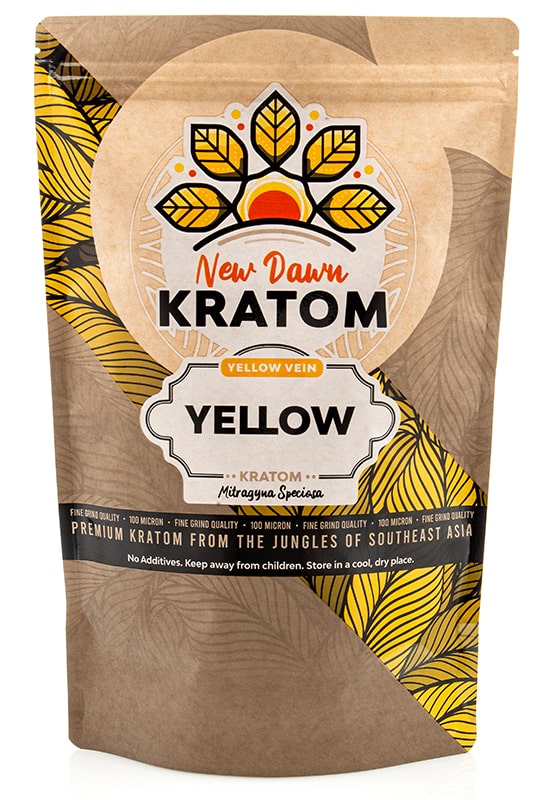If you’re one of those people who believe in herbal remedies, you’ve certainly heard about kratom and blue lotus. Both plants are psychoactive and widely renowned for their beneficial effects on the human body. Although people have been using kratom and blue lotus for hundreds of years to improve their well-being, western medicine is yet to recognize both plants as big players in the healing business.
In fact, experts and stakeholders in modern medicine have deliberately avoided conducting scientific research on natural herbs. This has resulted in a lot of confusion about what these plants are and their capabilities. Fortunately, we’ve gathered enough information to help you compare blue lotus vs. kratom. This way, you’ll be able to make a more informed decision between the two plants.

What Is Kratom?
Kratom is a naturally-occurring herbal substance found in an evergreen tree called Mitragyna speciosa. This tree belongs to the Rubiaceae family and is native to several Southeast Asia countries, including Indonesia, Myanmar, Papua New Guinea, Thailand, Philippines, and Malaysia. Kratom as a substance contains a variety of plant-based alkaloids that can produce sedative and stimulant-like effects.
Mitragynine and 7-hydroxymitragynine, the main alkaloids found in kratom, are responsible for most of the pharmacological benefits that the herb provides. Despite the relentless kratom crackdown by the federal government, the herb’s popularity in the United States keeps rising due to the many health and wellness benefits it offers.
What Is Blue Lotus?
Blue lotus, also known as Nymphaea caerulea or Egyptian lotus, is a type of blue water lily native to Africa and some parts of Asia and Southern Arabia. Many early civilizations, especially ancient Egyptians, used this plant for religious and ritual purposes due to its psychoactive effects. These psychoactive effects can be attributed to the plant’s two main alkaloids, apomorphine, and nuciferine. In addition to alkaloids, blue lotus flower also contains flavonoids, tannins, and phenolic acids.
In ancient Egypt, the blue lotus flowers symbolized rebirth and were also associated with Ra and Osiris, the Egyptian gods of the sun and the dead, respectively. As a result, most people believe that the Egyptian blue lotus variant is richer, more sacred, and more potent than other variants.

Blue Lotus Vs. Kratom: Similarities and Differences
Similarities
Naturally-Occurring
Kratom and blue lotus are naturally occurring. Kratom powder is sourced from the leaves of the evergreen Mitragyna speciosa tree native to Southeast Asia, while blue lotus comes from the flowers of an aquatic flowering plant.
This means that both herbal substances are not manmade or synthetic. It’s also worth noting that the alkaloids responsible for both plants’ psychoactive effects and pharmacological benefits are naturally occurring.
Debatable Legality
Another similarity between blue lotus and kratom is their debatable legality in the United States. In 2016, the Drug Enforcement Administration (DEA) decided to ban kratom all across the country, deeming it an urgent threat to public health. However, due to outcry from kratom enthusiasts, the DEA decided to lift the emergency ban. Nowadays, the Food and Drug Administration (FDA) and DEA do not regulate or ban kratom. Instead, every state has the final say regarding kratom’s legality within its borders.
Currently, kratom is banned in six states, including Alabama, Arkansas, Indiana, Rhode Island, Vermont, and Wisconsin. Kratom is also banned in Sarasota County, Florida.
On the other hand, the FDA does not approve blue lotus for human consumption in the United States, nor does it regulate it. The DEA also doesn’t classify blue lotus as a controlled substance, meaning you can legally buy, sell, and possess it in most states.
As of the writing of this post, blue lotus is legal everywhere in the United States except Louisiana. The main reason for Louisiana’s blue lotus ban is that Nymphaea caerulea is a controlled substance in the Pelican State.

Differences
Benefits and Effects
Kratom’s effects mainly depend on the dosage you take. When administered in low doses, kratom results in stimulating effects. When administered in moderate or high doses, it tends to have sedative effects.
Despite the fact that a lot has been said about the health benefits offered by blue lotus, there’s limited peer-reviewed scientific research on the plant. According to some users, blue lotus is said to have psychoactive and aphrodisiac properties. Apomorphine and nuciferine, the two main alkaloids found in the herb, release dopamine and serotonin, which help improve mood, promote relaxation, and induce lucid dreaming.
Many who take the herb also say that it brings about a feeling of happiness, promotes calmness, improves sleep quality, and helps them become less anxious.
Dosage
Experts recommend different kratom dosages depending on the effects you want. In low doses of about 1 to 3 grams, kratom products provide stimulating and energy-boosting effects that improve cognitive performance and productivity.
On the other hand, when you consume kratom in moderate kratom doses of 3 to 5 grams, you get the perfect balance of stimulating and sedative effects. Most kratom enthusiasts prefer this dosage as they say it provides a clean and smooth energy that is less intense than what you get from coffee.
Lastly, high kratom doses of 6 to10 grams usually have sedative effects. Such doses also promote relaxation, improve sleep, and reduce muscle soreness. If you’re new to kratom, it’s in your best interest to start with low doses of under 2 grams. This way, you can monitor how your body reacts to the herb and adjust your daily dosage accordingly.
Unlike kratom, the proper dosage of blue lotus usually depends on the method of ingestion and just how much you’re willing to experience the psychoactive and sedative effects. However, most experts recommend using 3 to 5 grams of dried blue lotus to make tea.
You can also roll dried blue lotus inside a tobacco wrap and smoke it. If these ingestion methods don’t work for you, you can always vaporize a blue lotus resin. However, it’s much harder to regulate your daily dosage through this ingestion method.
Side Effects
Some side effects people experience after consuming kratom include headaches, constipation, nausea, itchiness, dizziness, fatigue, mental fog, and lethargy. If you experience prolonged fatigue, it’s a sign that you need to take some time off from the Mitragyna speciosa herb.
It’s also worth noting that prolonged kratom use may result in dependence and eventual addiction. Therefore, it’s vital to take breaks from time to time. Experts recommend taking kratom no more than five days per week and always taking at least a seven-day break every 60 days.
On the other hand, the most common adverse side effects of taking blue lotus are nausea and vomiting. However, some users claim that these side effects decrease after taking blue lotus several times. Other side effects associated with the herb include drowsiness, paranoia, dizziness, slurred speech, dilated pupils, increased heart rate, gastrointestinal distress, and confusion.
Blue Lotus Vs. Kratom: The Bottom Line
Although kratom and blue lotus have similar sedative properties, they’re quite different after all. The psychoactive effects resulting from taking these herbs differ greatly. Kratom’s psychoactive effects tend to be more stimulant-based, while the ones produced by blue lotus are more hallucinogenic.
Since kratom and blue lotus are unregulated across the country, it’s highly recommended to buy these products from reputable and established online vendors. This way, you’re guaranteed pure, safer, and more potent products.

Frequently Asked Questions
Is it safe to mix kratom with blue lotus?
Mixing kratom and blue lotus products is not a great idea. This is because low doses of kratom are more likely to counteract the calming effects of the blue lotus flower, causing adverse side effects.
Does kratom easily interact with blue lotus?
Yes, the two herbal substances have a high chance of interaction inside the human body.
What effect does blue lotus have on the brain?
Blue lotus is said to stimulate dopamine receptors and improve motor function due to its apomorphine and nuciferine alkaloids.





